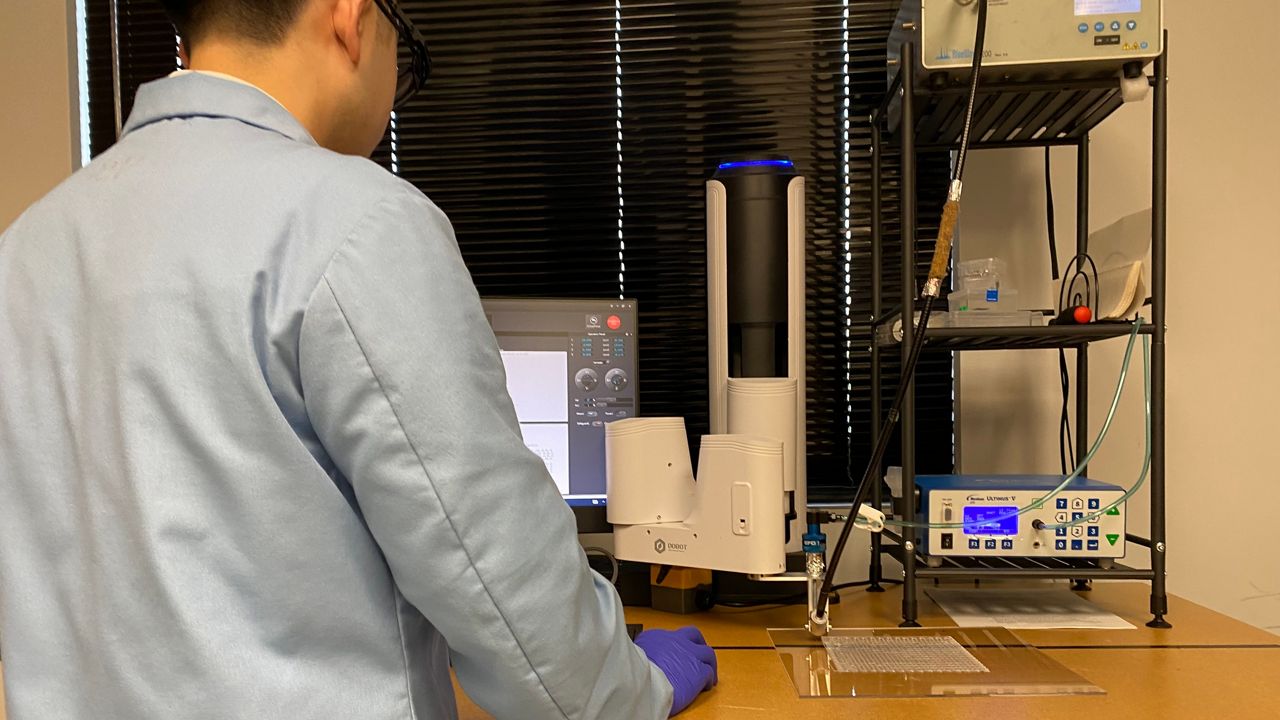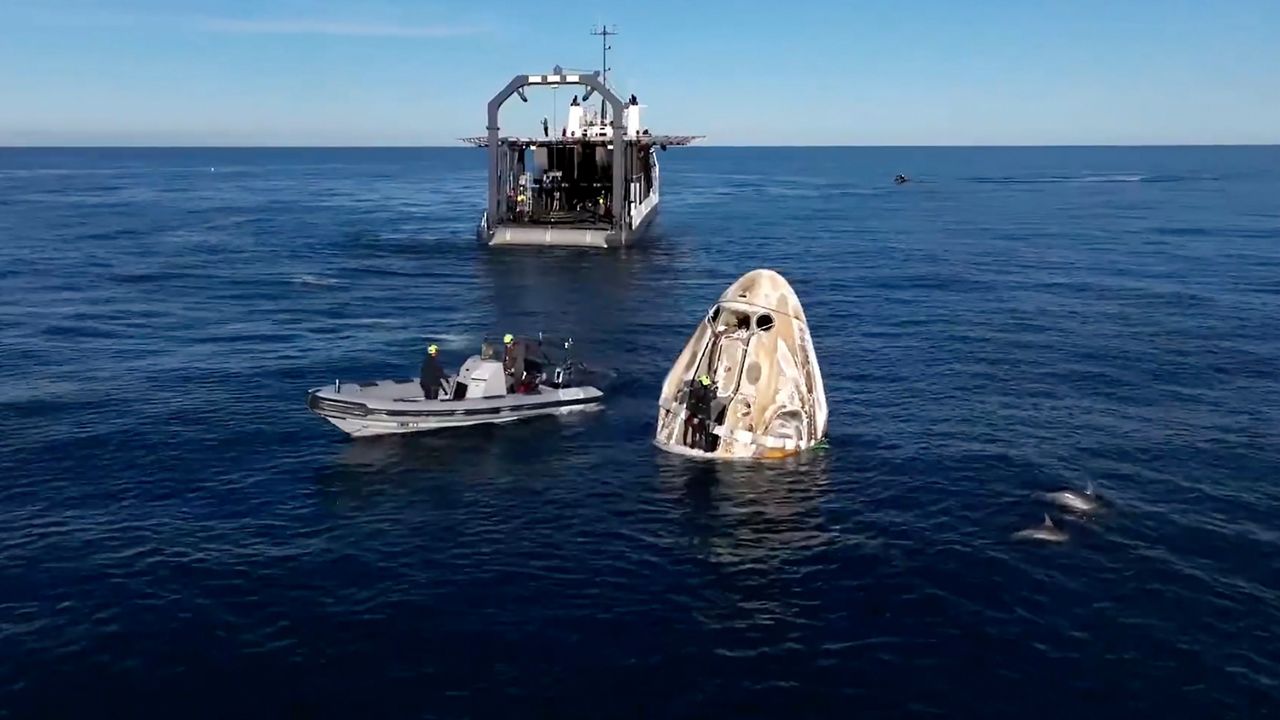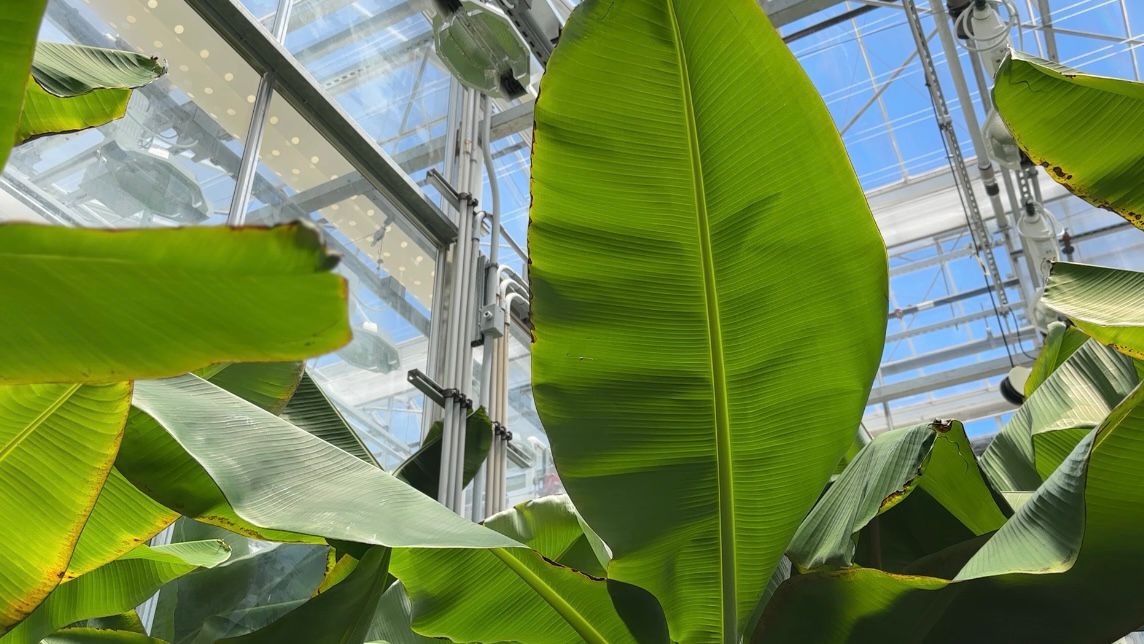RALEIGH, N.C. — An enzyme made in the human body can make carbon filtration more efficient, according to research from multiple N.C. State scientists.
- An N.C. State lab team has found a way to make carbon filters using a 3D printer
- An enzyme is binded to the mesh using a hydrogel
- The enzyme helps capture carbon dioxide in the filter
For the first time, these scientists are using carbonic anhydrase, an enzyme converting carbon dioxide in the body, to help catch carbon dioxide.
Dr. Xiaomeng Fang, an assistant professor at the N.C. State Wilson College of Textiles, is one of the lead scientists on the experiment and says the printer technology can produce carbon filter mesh nets faster.
The needle prints a hydrogel containing the enzyme onto the mesh. An ultraviolet light above the 3D printer then helps bind the hydrogel to the mesh net, which contains the enzyme needed to capture CO2.
They believe the breakthrough could be revolutionary for protecting Earth’s atmosphere from harmful gases.
“It is super fast, which can give us the flexibility to form the pattern we are looking for,” Fang said.
Dr. Sonja Salmon is another researcher who worked on the project. The associate professor says this discovery leaves serious room for optimism.
“You need chemistry-based methods to pull the CO2 out of the air, and that’s what an enzyme catalyst helps do,” Salmon said.
These enzymes are commercially made. The lab teams say they are optimistic about scaling up their 3D printing design for larger applications.
“Combustion is still the cheapest and dominant form of energy on the planet. And as long as we are burning things, we are going to produce carbon dioxide. We need to work on taking that CO2 out of the atmosphere, and that’s what this technology can help us do,” Salmon said.









